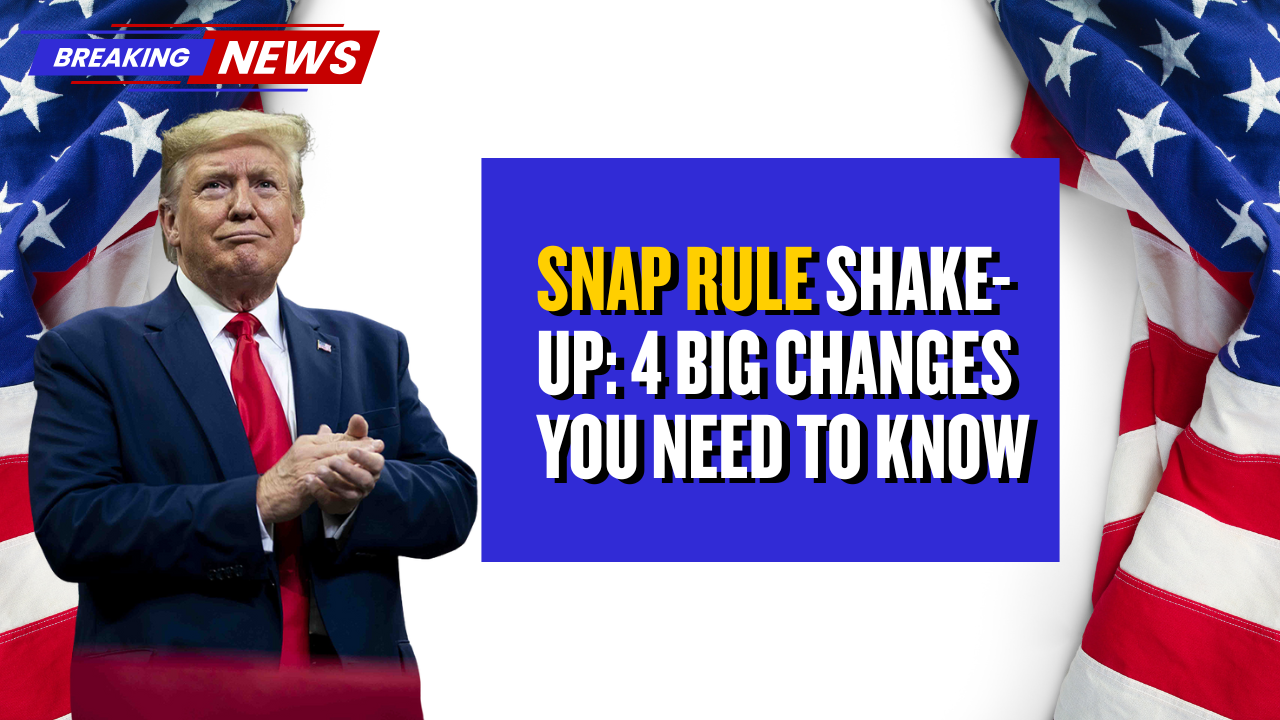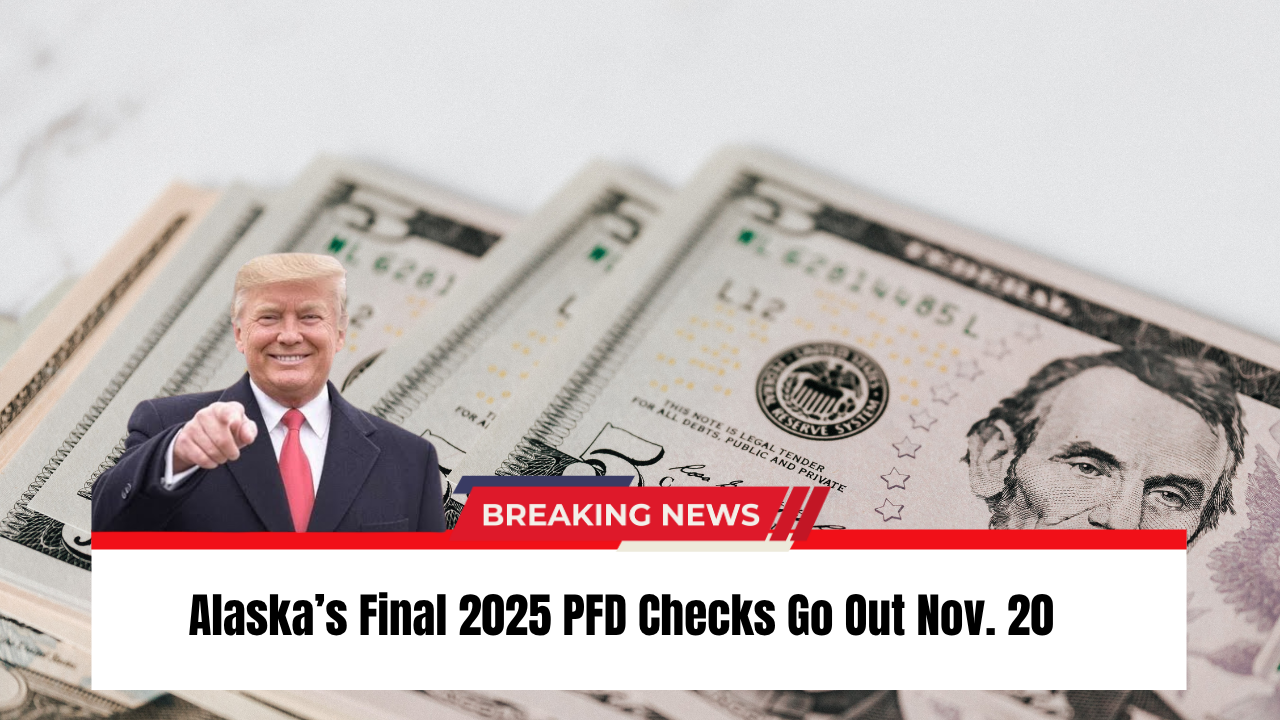SNAP rules are getting a major update this November, and millions of Americans could see their eligibility or benefits change as a result.
The Supplemental Nutrition Assistance Program is the country’s largest anti-hunger program, helping low-income households buy food using EBT cards at approved stores. With high inflation and rising living costs, federal and state agencies are adjusting the rules to widen access, modernize applications and better reflect real-world budgets.
Below is a clear breakdown of what’s changing, how it affects who qualifies, and what you should do next to see if you still — or now — qualify.
For official program details and state-by-state rules, always verify through the USDA Food and Nutrition Service or the federal benefits portal Benefits.gov.
Quick Overview: What Is SNAP?
SNAP is funded by the U.S. Department of Agriculture (USDA) and provides monthly funds on an Electronic Benefit Transfer (EBT) card. You can use this card at authorized grocery stores, big-box retailers and some farmers markets to purchase eligible food items.
Eligibility is typically based on:
- Household income
- Household size
- Countable assets/resources
- Work requirements (for certain adults without dependents)
The November 2025 updates are designed to:
- Adjust income and benefit levels to today’s prices
- Ease rules for seniors and people with disabilities
- Make it easier to apply and renew
- Boost incentives for buying healthy food
4 Big SNAP Changes Effective November 2025
1. Higher Income Limits
The income thresholds used to determine SNAP eligibility are being raised. Instead of a hard cap at about 130% of the Federal Poverty Level (FPL), many states are moving into the 137–140% FPL range.
What this means in practice:
- Households that were just over the income limit in 2024 may now qualify
- For example, a family of four may remain eligible with annual income closer to $39,000, up from roughly $36,500 under the old rules (exact figures vary by state and annual FPL updates)
This adjustment is intended to keep pace with inflation and the rising cost of basic groceries and housing.
2. Softer Rules on Assets and Work Requirements
Many states are easing two long-standing pain points: asset limits and work rules.
Asset / resource changes may include:
- Higher asset caps (some states moving up to around $5,000)
- Excluding retirement accounts from the asset test
- Excluding one or more vehicles used for work from being counted
Work requirement changes focus on vulnerable groups:
- More generous exemptions for seniors (60+)
- Broader exemptions or easier documentation for people with disabilities
- In some states, extended waivers for able-bodied adults without dependents in high-unemployment or high-need areas
The result: fewer people losing SNAP simply because they own an older car, have modest savings, or are unable to meet strict work hour rules due to age or health.
3. Easier, More Digital Applications & Renewals
The November 2025 changes also push states to modernize the process so fewer people fall through the cracks due to paperwork.
You may see:
- Mobile-friendly applications that work on phones and tablets
- Upload features for documents (pay stubs, IDs, leases, etc.)
- More phone or virtual interviews instead of mandatory in-person visits
- Automatic or simplified renewals when there are no major income or household changes
This is especially important for seniors, disabled individuals, and working parents who struggle to take time off or travel to a local office.
4. Bigger Focus on Nutrition and Fresh Food
Beyond eligibility, there’s also a push to make healthier eating more affordable.
Key enhancements include:
- More funding for nutrition education, including cooking classes and community workshops
- Stronger partnerships with mobile food pantries and local organizations
- Wider rollout of programs like “Double Up Food Bucks”, which match part of your SNAP spending on fruits and vegetables, effectively doubling your produce dollars at participating farmers markets and stores
These changes aim to improve not just food quantity, but food quality for SNAP households.
How Benefit Amounts May Change
Because of the rule updates and inflation adjustments, the average SNAP benefit is expected to tick up. A rough estimate based on projected 2025 figures:
| Household Size | Prior Avg. Monthly Benefit (2024) | Estimated New Benefit (2025) | Approx. Increase |
|---|---|---|---|
| 1 person | $250 | $265 | ~6% |
| 2 persons | $460 | $490 | ~6.5% |
| 3 persons | $660 | $700 | ~6% |
| 4 persons | $835 | $890 | ~6.5% |
| 5 persons | $992 | $1,050 | ~5.8% |
Nationwide, participation could grow by 8–10%, as more households qualify under the new income and asset rules.
State-by-State Differences Still Matter
While the federal government sets the basic framework, states still have flexibility. Examples of how rules may differ:
- California: Higher income limit (around 138% FPL), larger asset exemptions, broader waivers for seniors and disabled adults
- Texas: Slight increase in income limit and an exempt bank balance (e.g., up to $3,000), plus extended work-rule waivers in some areas
- New York: Higher FPL threshold (around 140%), retirement accounts excluded, more flexible reporting options
- Florida: Closer to federal minimums, with more conservative asset and work exemptions
Because policies are not identical, it’s crucial to check your state’s exact requirements through your state SNAP office or the USDA SNAP state directory.
What You Should Do If You’re On SNAP (or Think You Might Qualify)
- Review your income and assets
- If you were slightly over the limit last year, you may qualify now.
- Check your state’s SNAP website
- Look for November 2025 updates or “eligibility changes” pages.
- Consider reapplying or updating your case
- If you were denied before or lost benefits due to assets or work rules, these new changes may help.
- Use online tools where possible
- Take advantage of mobile applications, virtual interviews and auto-renewal options.
- Watch for mail or portal messages
- Some states will automatically adjust your case; others may ask for updated documents.
Key Takeaways From the November 2025 SNAP Changes
- More people can qualify thanks to higher income limits and more generous asset rules
- Seniors and disabled adults may face fewer work-related hurdles
- Digital applications and renewals should make staying enrolled easier
- Nutrition incentives like Double Up Food Bucks can stretch your benefits further
- State rules differ, so always verify details where you live



